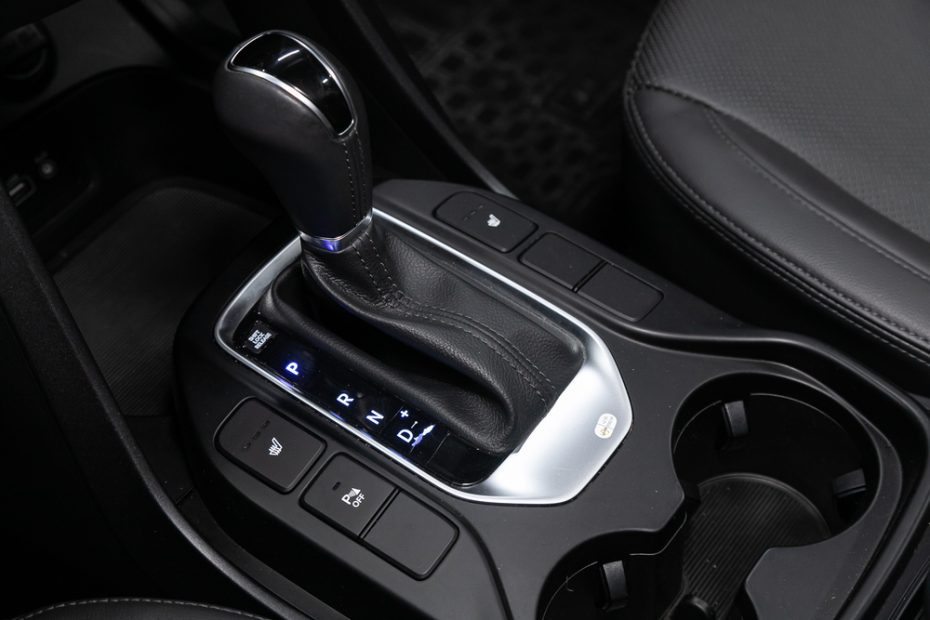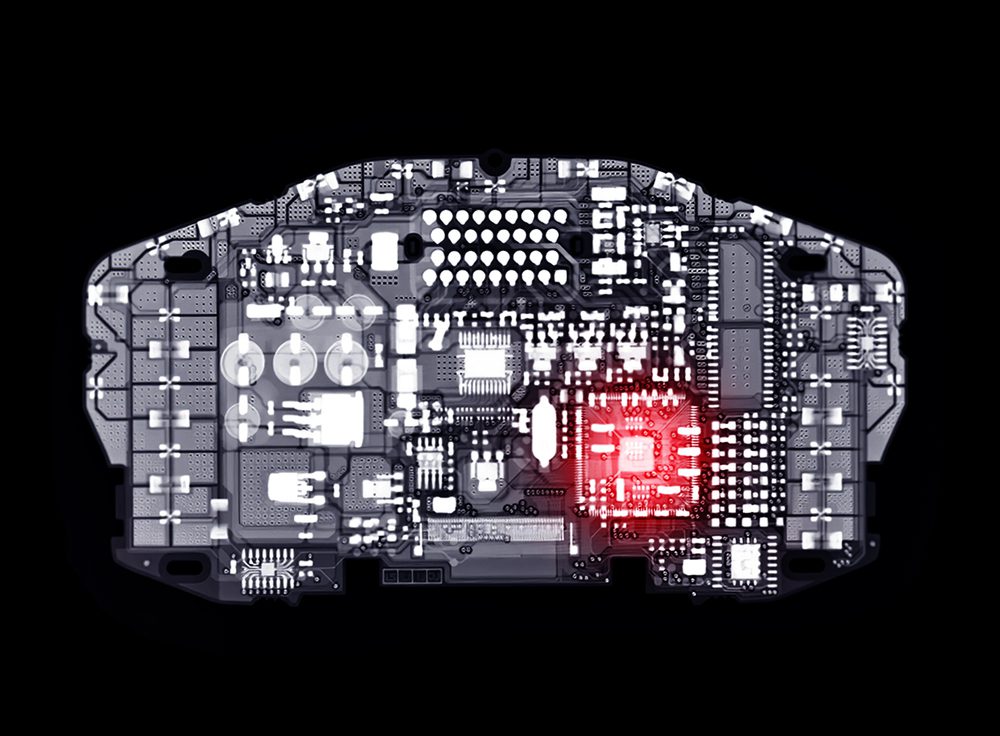How long can you run a car with a check engine light on?
The check engine light is a vital warning system in your car that alerts you to potential issues with the vehicle’s engine or emissions control system. When this light illuminates on your dashboard, it is crucial not to ignore it. Ignoring a check engine light can lead to more severe engine problems and costly repairs if left unattended.
The duration you can run a car with a check engine light on depends on various factors, including the cause of the issue and the condition of your vehicle. While it may be tempting to continue driving when the light first appears, it is generally recommended to address the problem as soon as possible.
Causes of a check engine light
There are numerous reasons why your car’s check engine light may come on. It can range from minor issues such as a loose gas cap to more significant problems like a malfunctioning sensor or catalytic converter. It is essential to have the diagnostic trouble codes (DTCs) read by a professional mechanic to determine the exact cause of the check engine light.
The importance of addressing the issue promptly
Ignoring a check engine light can lead to more severe problems with your vehicle. While the car may seem to be running fine initially, the underlying issue could worsen over time, potentially resulting in engine damage or reduced fuel efficiency. Failing to address the problem promptly may also cause your vehicle to fail an emissions test, leading to issues with compliance and potential fines.
Furthermore, driving with a check engine light on can prevent you from being alerted to other important warning signs. If the light remains illuminated, other potential issues or malfunctions may go undetected, putting you at risk on the road.
What to do when the check engine light comes on
- Don’t panic: The check engine light does not necessarily indicate an immediate emergency, but it shouldn’t be ignored either.
- Check the gas cap: A loose or damaged gas cap is a common cause of a check engine light. Ensure it is tightened securely, and if necessary, replace it.
- Monitor the vehicle’s performance: Pay attention to any changes in your car’s behavior, such as rough idling, reduced power, or unusual sounds. These symptoms can offer valuable clues to the underlying issue.
- Visit a professional mechanic: Schedule a diagnostic check with a certified mechanic who can use specialized tools to read the DTCs and identify the specific problem triggering the check engine light.
- Follow the recommended repairs: Based on the diagnostic results, the mechanic will recommend repairs or maintenance services needed to resolve the issue. It is advisable to address these promptly to prevent further damage to your car.
“The check engine light is not something to be taken lightly. Ignoring it could lead to more severe problems down the line.” – John Doe, Automotive Expert
Remember, the check engine light serves as an early warning system designed to protect your vehicle and its occupants. Taking immediate action when the light appears can help ensure the longevity and reliability of your car, saving you from costly repairs and potential breakdowns in the future.
Can I drive my car with an amber engine light?
If you notice that the amber engine light on your car’s dashboard has come on, it is important to address the issue as soon as possible. While it may be tempting to ignore it and continue driving, doing so can potentially lead to further damage to your vehicle and result in costly repairs.
The amber engine light, also known as the check engine light, is an indicator that something is wrong with your car’s engine or emissions system. It could be a minor issue, such as a loose gas cap, or a more serious problem like a faulty sensor or catalytic converter.
Driving with the amber engine light on can have consequences:
- Reduced performance: Your car may experience reduced power or acceleration, making it less responsive on the road.
- Increased emissions: A malfunctioning engine can lead to higher emissions, which is harmful to the environment.
- Potential for further damage: Ignoring the engine light can cause additional damage to your vehicle’s components, leading to more expensive repairs in the future.
What should you do if the amber engine light comes on?
When you see the amber engine light illuminated on your dashboard, it is recommended to take the following steps:
- Check your gas cap: Ensure that your gas cap is tightened properly. A loose or damaged gas cap can trigger the engine light.
- Inspect for obvious issues: Look for any visible signs of damage or leaks in your engine compartment.
- Check the owner’s manual: Refer to your vehicle’s owner’s manual for any specific guidance related to the engine light.
- Visit a mechanic: If the light remains illuminated or if you notice any abnormal symptoms, such as unusual noises, vibrations, or loss of power, it is advisable to have your car inspected by a qualified mechanic.
It is important not to ignore the amber engine light, as doing so could lead to further damage to your car and potentially more expensive repairs in the long run.
Driving with the amber engine light can be risky and should be avoided if possible. It is always best to address any potential issues promptly to ensure the safety and reliability of your vehicle.
Can I drive with a yellow warning light?
Driving with a yellow warning light on your car’s dashboard can be a cause for concern. While it may not indicate an immediate danger, it is important to address the issue as soon as possible to prevent potential problems from worsening.
Understanding yellow warning lights
Yellow warning lights, also known as caution or advisory lights, illuminate when there is a non-critical issue with your vehicle. These lights are generally not as urgent as red warning lights which require immediate attention, but they should still be taken seriously.
Assessing the situation
Before deciding whether to drive with a yellow warning light, you should consider the specific warning and consult your car’s manual for guidance. Some yellow warning lights may indicate issues that can be safely addressed later, while others may require immediate attention.
Consulting a professional
If you are unsure about the severity of the issue or if you are not equipped to diagnose and fix the problem yourself, it is recommended to consult a professional mechanic or take your car to a reputable service center. They can assess the situation and advise you on whether it is safe to drive with the warning light on.
Preventing further damage
Even if driving with a yellow warning light might be deemed safe, it is important to address the underlying issue promptly to prevent further damage to your vehicle. Ignoring the warning light can lead to more costly repairs in the future.
In summary
While it may be tempting to ignore a yellow warning light and continue driving, it is best to exercise caution and address the issue promptly. Consult your car’s manual, seek professional advice if needed, and take appropriate measures to prevent further damage.



